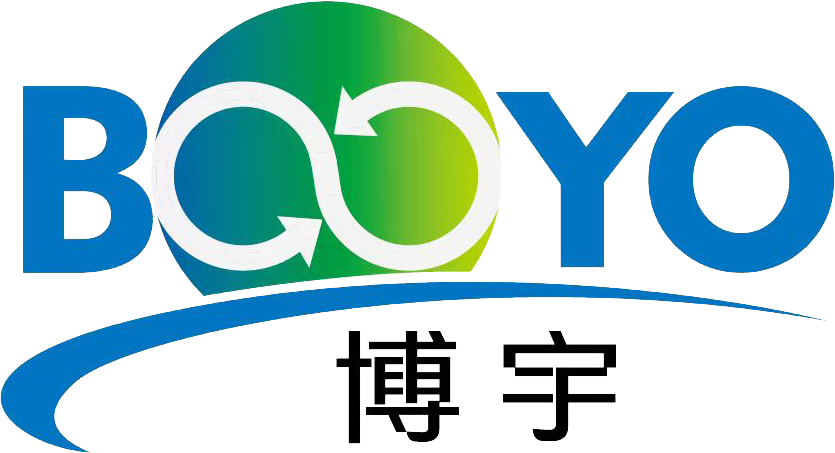
Our News
Find out about our latest news here.
Latest News
- ▶ Sulfur Degassing: Process Routes, Equipment, and Engineering Considerations
- ▶ Desander Skid Package for Oil, Gas, and Process Applications
- ▶ 185MW Condenser Successfully Completed Supporting APAC Pulp & Energy Development for APP Indonesia OK18
- ▶ Large Shell and Tube Condenser for Power and Process Industries
- ▶ Shell and Tube Heat Exchanger Cost Estimate: A Complete Guide for Buyers
- ▶ Iraqi Client Visited Boyu Industry for Technical Inspection of Condensers and Process Columns
Message
1. Why Are the First and Second-Stage Boilers Prone to Tube Ruptures?
1.1 Extreme High-Temperature Stress on Materials
The first-stage boiler directly absorbs heat from red-hot coke, with temperatures exceeding 1000°C (1832°F), causing severe thermal fatigue and material degradation.
The second-stage boiler, though operating at lower temperatures, still experiences cumulative thermal stress over time.
Metal creep and deformation occur due to prolonged exposure, weakening tube structures and increasing rupture risks.
1.2 Oxygen Leakage and Explosion Risks
CDQ systems rely on inert gas (nitrogen or steam) to prevent coke combustion. However, if oxygen leaks into the furnace:
It raises the oxygen concentration, creating an explosive gas mixture.
Combustible gases like CO (carbon monoxide) can ignite, leading to flash explosions.
Poor sealing of the furnace exacerbates this risk.
1.3 Coke Dust and Ash Deposition
Fine coke particles and ash accumulate on boiler tubes, leading to:
Local overheating, which weakens metal structures.
Blockages in heat transfer surfaces, reducing efficiency and causing temperature imbalances.
Potential spontaneous combustion, further increasing explosion risks.
1.4 Chain Reactions from Tube Ruptures
A single tube failure can trigger:
Steam leaks that impact nearby tubes, leading to multiple ruptures.
Disruptions in gas balance, potentially allowing oxygen infiltration and increasing explosion hazards.
1.5 Operational Errors and Sudden Temperature Changes
Abrupt startup and shutdown procedures can create severe thermal stress, leading to cracks.
Emergency shutdowns that cool the boiler too quickly cause rapid material contraction, increasing failure risks.
2. Prevention and Mitigation Strategies
2.1 Upgrading Materials and Structural Design
Use heat-resistant alloys (e.g., T91, T22, nickel-based materials) to withstand prolonged high-temperature exposure.
Conduct regular ultrasonic and radiographic testing (UT/RT) to detect early signs of cracking or thinning.
2.2 Ensuring a Stable Furnace Atmosphere
Maintain tight furnace sealing to prevent oxygen leakage.
Monitor oxygen levels in real time, ensuring O₂ stays below 0.5% to avoid combustion risks.
2.3 Preventing Dust Accumulation and Improving Heat Transfer
Regular soot-blowing procedures prevent excessive coke and ash buildup.
Optimize gas flow distribution to ensure even heat transfer and minimize localized overheating.
2.4 Standardizing Operational Procedures
Implement gradual heating and cooling during startup and shutdown to prevent thermal shock.
Train operators in emergency shutdown protocols to avoid rapid temperature fluctuations.
2.5 Intelligent Monitoring and Early Warning Systems
Install real-time temperature, pressure, and oxygen sensors to detect anomalies early.
Conduct periodic emergency response drills to improve reaction times and minimize human errors.
3. Conclusion
The first and second-stage CDQ boilers are highly susceptible to tube ruptures due to extreme thermal stress, oxygen leaks, dust accumulation, and operational factors. By enhancing material selection, ensuring a stable inert atmosphere, preventing dust buildup, and optimizing operational procedures, the risks can be significantly reduced.
For expert solutions in CDQ system optimization and heat exchanger upgrades, contact us today!
PROFESSIONAL CONSULTATION
If you are interested in our products and want to know more details, please leave a message here, we will reply you as soon as we can.